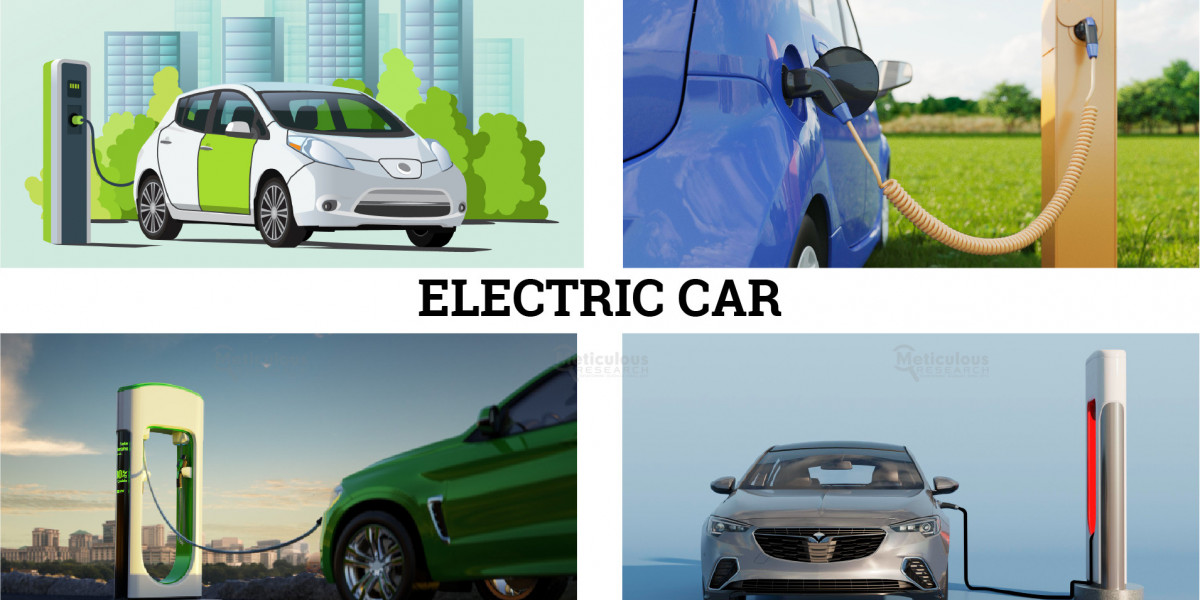Electric Car Market Challenges
Low Cold Weather Performance of Electric Cars
Electric vehicles tend to perform less efficiently in cold weather, which can reduce their range and overall efficiency. Low temperatures slow down the chemical reactions within the battery, leading to decreased energy output. This can contribute to range anxiety among electric vehicle owners, particularly during long trips or in regions with harsh winter conditions. However, ongoing advancements in battery technology and vehicle design are improving cold-weather performance and reducing range anxiety. With proper planning and the availability of charging infrastructure, EV owners can manage the impact of cold weather on their vehicles effectively.
Range Anxiety among Consumers
Range anxiety, the fear that an EV’s battery will run out of power before reaching a charging station, remains a significant concern for potential EV buyers. Publicly accessible fast chargers that facilitate longer journeys can help overcome this anxiety. Countries worldwide are expanding their EV charging networks to address this issue. For example, in February 2023, over 40% of publicly available charging units in China were fast chargers, driven by government subsidies and active infrastructure development by public utilities. Continued improvements in battery technology, charging infrastructure, and consumer education are expected to alleviate range anxiety and encourage more people to adopt electric cars.
Electric Car Market Analysis: Key Findings
By Propulsion Type: Hybrid Vehicles Segment to Dominate in 2024
Based on propulsion type, the electric car market is segmented into battery electric vehicles, hybrid vehicles, and fuel cell electric vehicles. The hybrid vehicles segment, which includes plug-in hybrid electric vehicles and pure hybrid electric vehicles, is expected to account for the largest share of above 66.8% of the market in 2024. The segment's growth is attributed to stringent automotive emission regulations, consumer demand for high fuel efficiency vehicles, increased investments by automotive OEMs in hybrid powertrains, and the lower cost of hybrid vehicles compared to battery electric vehicles.
However, the fuel cell electric vehicles segment is anticipated to register the highest CAGR during the forecast period, driven by advantages such as fast refueling, zero tailpipe emissions, lighter and smaller battery packs, increased driving range, government initiatives for hydrogen fuel cell charging stations, and investments in hydrogen fuel cell technology.
By Power Output: Less Than 100kW Segment to Lead in 2024
Based on power output, the electric car market is segmented into less than 100kW and 100kW to 250kW. In 2024, the less than 100kW segment is expected to hold the larger share of above 83.2% of the market. The growth is attributed to the increasing use of light electric cars in major cities, the implementation of electric cars for shared mobility services, falling battery prices, and investments in electric vehicle startups in this segment.
The 100kW to 250kW segment is expected to register the highest CAGR during the forecast period, driven by initiatives from leading automotive OEMs to launch more powerful electric cars, regulations to reduce tailpipe emissions, and the adoption of electric cars in developed economies.
By End Use: Private Use Segment to Dominate in 2024
Based on end use, the electric car market is segmented into private use and commercial use. In 2024, the private use segment is expected to account for the larger share of above 86.2% of the market, driven by consumer demand for fuel-efficient and zero-emission vehicles, government incentives, tax rebates, declining battery costs, and rising fuel prices.
The commercial use segment is anticipated to register the highest CAGR during the forecast period, driven by the use of electric cars in shared mobility services, corporate taxi fleets, regulations to reduce fleet emissions, growing adoption of mobility-as-a-service (MaaS), and rising fuel prices.
Geographical Analysis
Asia-Pacific to Dominate the Electric Car Market in 2024
Asia-Pacific is expected to hold the largest share of above 41.9% of the electric car market in 2024. The region's growth is driven by the demand for EVs and charging facilities, numerous startups offering solutions in electric mobility, attractive incentives for EV buyers, and the manufacturing and technological competencies of countries like China, Japan, South Korea, and India.
Download Sample Report Here @ https://www.meticulousresearch.com/download-sample-report/cp_id=5187
Key players in this region are collaborating to promote, regulate, and invest in the EV industry. For instance, in January 2023, Tata Motors Limited partnered with ICICI Bank Ltd to offer EV Dealer Financing to authorized EV dealers. In March 2022, BYD Company Ltd. signed a deal to supply 10,000 electric taxis to Shenzhen and planned to invest USD 1.5 billion in a new factory for Es and batteries.
Europe to Register the Highest CAGR during the Forecast Period
Europe is expected to register the highest CAGR of 41.8% during the forecast period, driven by stringent emission regulations, efforts to reduce conventional cars, an extensive charging infrastructure network, and investments in sustainable road transport infrastructure. Norway and Sweden are leading the charge in promoting EV adoption, with Sweden constructing the first electrified road for en-route EV charging in May 2023. This initiative and plans to electrify an additional 3,000 kilometers of roads by 2035 are expected to boost the demand for electric mobility in the region.
Key Questions Answered in the Report:
· What are the high-growth market segments in terms of propulsion type, power output, and end user?
· What is the historical market size for the electric car market?
· What are the market forecasts and estimates for 2024–2031?
· What are the major drivers, restraints, opportunities, challenges, and trends in the electric car market?
· Who are the major players in the electric car market, and what are their market shares?
· What is the competitive landscape like?
· What are the recent developments in the electric car market?
· What are the different strategies adopted by major market players?
· What are the trends and high-growth countries?
· Who are the local emerging players in the electric car market, and how do they compete with other players?
Contact Us:
Meticulous Research®
Email- sales@meticulousresearch.com
Contact Sales- +1-646-781-8004
Connect with us on LinkedIn- https://www.linkedin.com/company/meticulous-research








